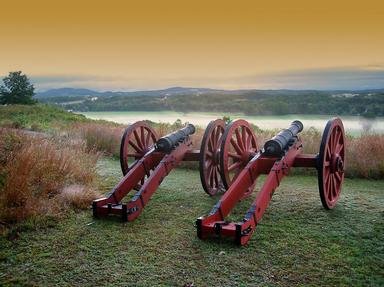Quiz Answer Key and Fun Facts
1. Which state claimed Camp Douglas, the 19th century POW encampment?
2. Whose family property did the government take charge of to build Camp Douglas?
3. On which massive body of water was Camp Douglas situated?
4. A legendary Alamo rebel's son was listed on the prison roll in the Camp Douglas. Can you name him?
5. With countless deaths of rebel soldiers, what further did the Union Army do in order to get rid of the bodies?
6. What nickname did the rebel prisoners use to designate Camp Douglas?
7. The prisoners were so famished from being deprived of food; they caught vermin for their meals. What small animal would be killed, skinned, prepared and eaten in pies?
8. Henry Whitney Bellows wrote his superior a disapproving description on the gruesome conditions at Camp Douglas. Mr. Bellows was president of which organization?
9. Brutal and heartless punishments were bestowed on the prisoners at Camp Douglas. The most excruciating torture device was named after which farm animal?
10. After Camp Douglas was demolished, a funeral home was built on a partial of property where it once operated. How did the owners honor and memorialize the Confederate soldiers who met their fate at the ferocious prison?
Source: Author
lilady
This quiz was reviewed by FunTrivia editor
bloomsby before going online.
Any errors found in FunTrivia content are routinely corrected through our feedback system.

